A Bit of Cabaret History
The term originally came from the Picard or Walloon language words camberete or cambret for a small room. The first printed use of the word kaberet is from 1275. The term was used since the 13th century in Dutch to mean an inexpensive inn or restaurant.
Le Chat Noir, opened on 18 November 1881 in Paris’ Montmartre district, is thought to be the first modern cabaret: a nightclub where the patrons sat at tables and drank alcoholic beverages while being entertained by a variety show on stage. The acts were introduced by a Master of Ceremonies who interacted with patrons at the tables. Its imitators have included cabarets from St. Petersburg (Stray Dog Café) to Barcelona (Els Quatre Gats) to London’s Cave of the Golden Calf.
Cabaret reaches a high mark in Weimar Germany. The “Golden Age of Weimar” (1924-1929) was marked by economic recovery, growing prosperity and better living conditions; it was also known for its cabarets. The Weimar government’s lifting of censorship saw German cabarets transform with two dominate themes: sex and politics. Stories, jokes, songs, and dancing flourished and were laced with sexual innuendo. As women were afforded more social freedom, some cabarets were patronized by lesbians, gay men, and non-binary patrons; cabarets’ openness offered a space of freedom previously unknown.
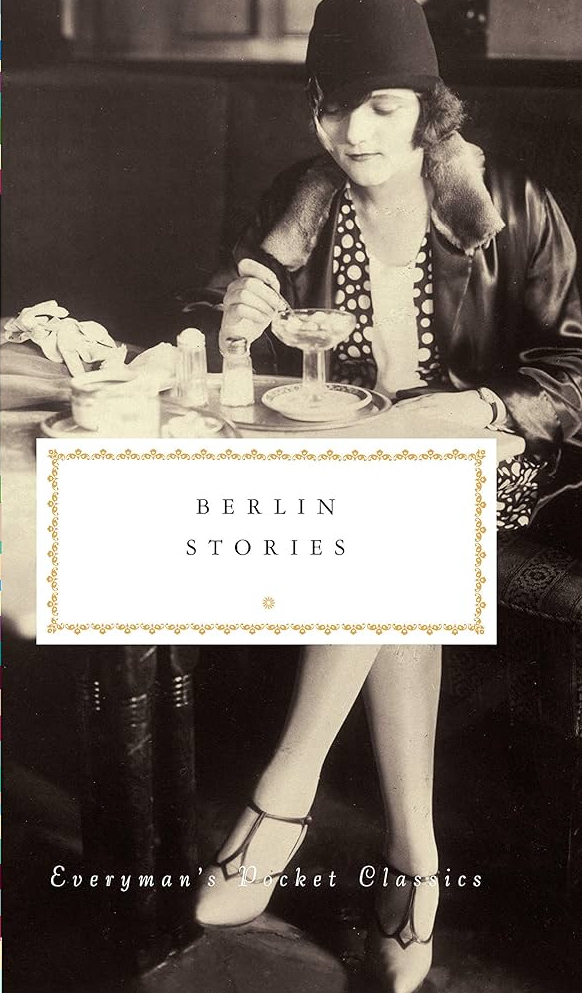
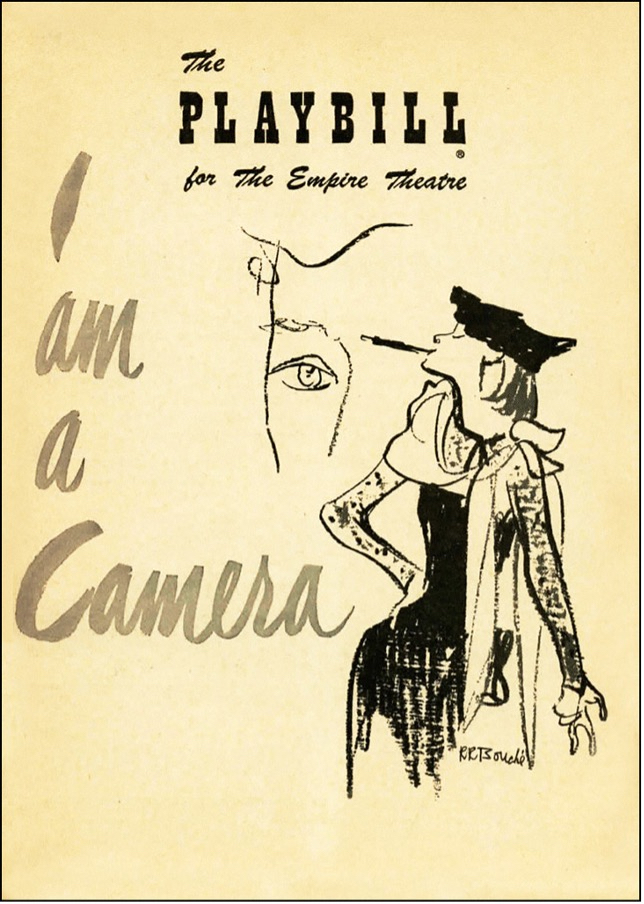
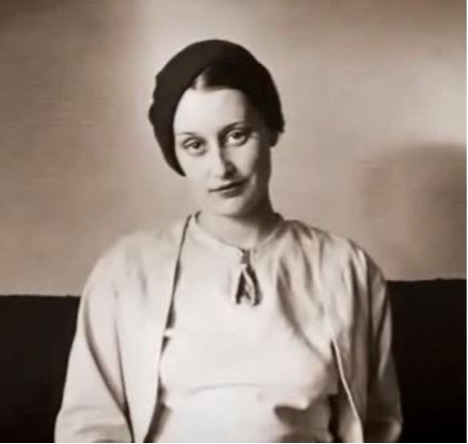
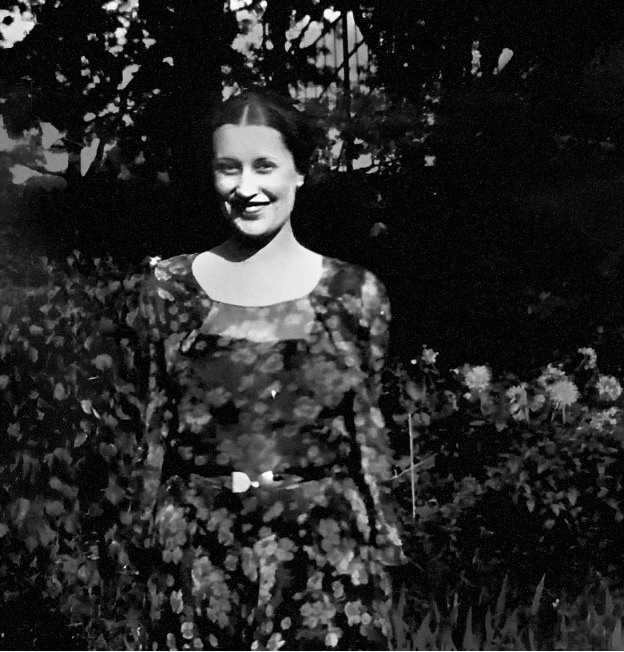


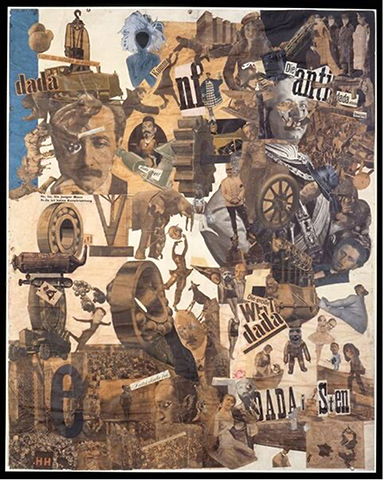
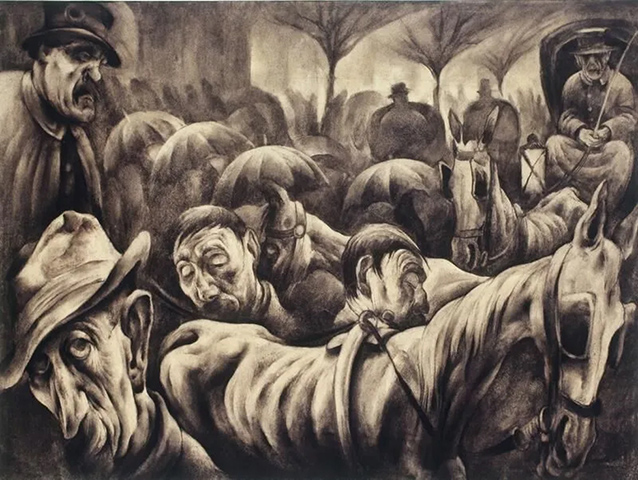
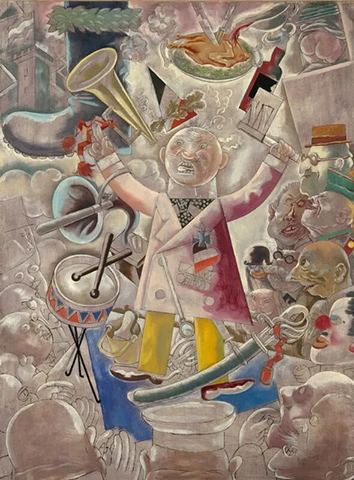
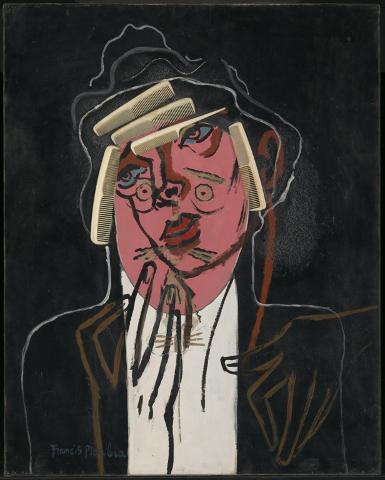
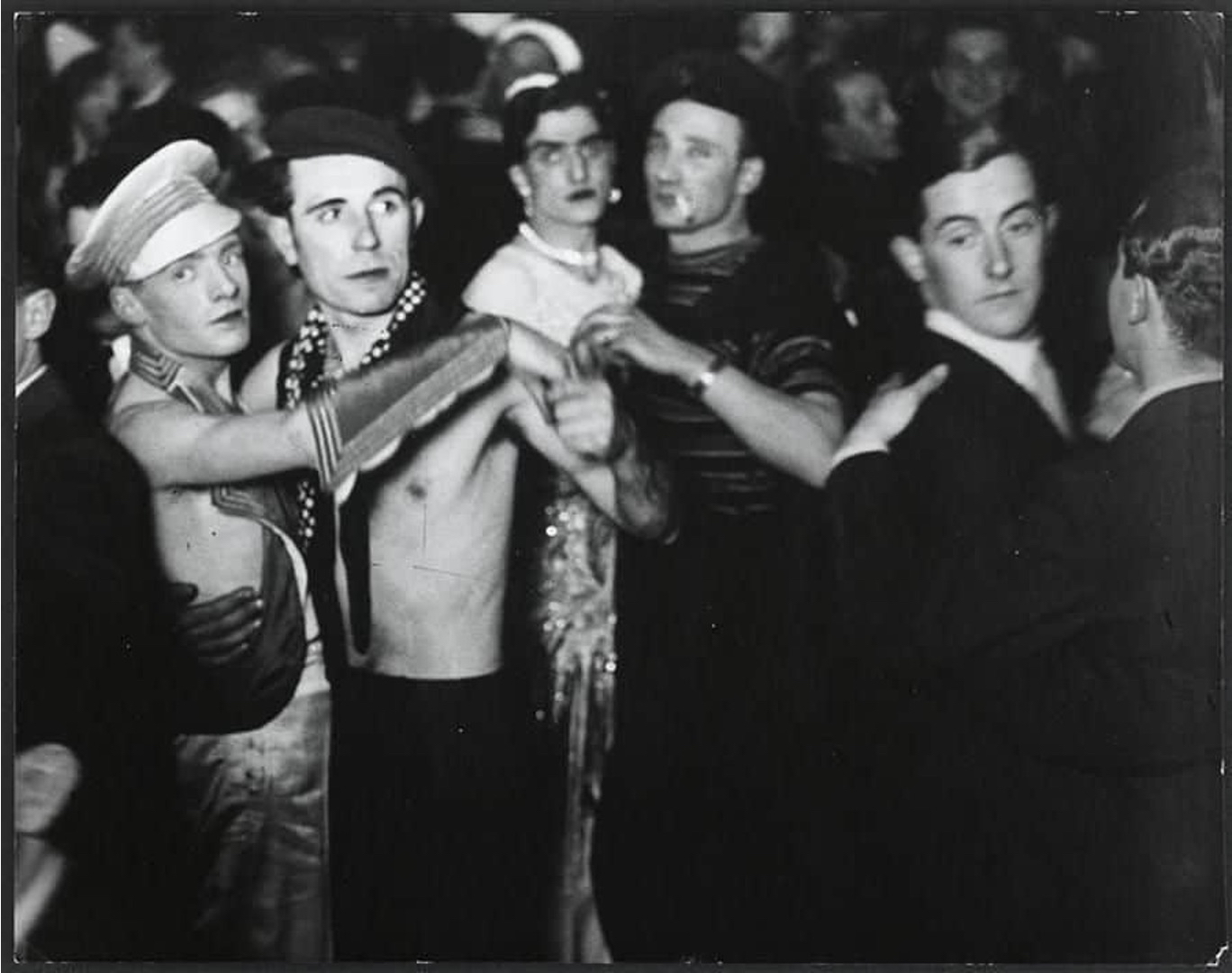
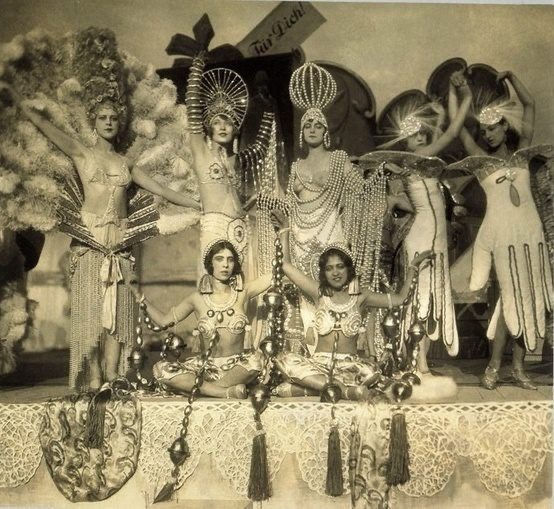
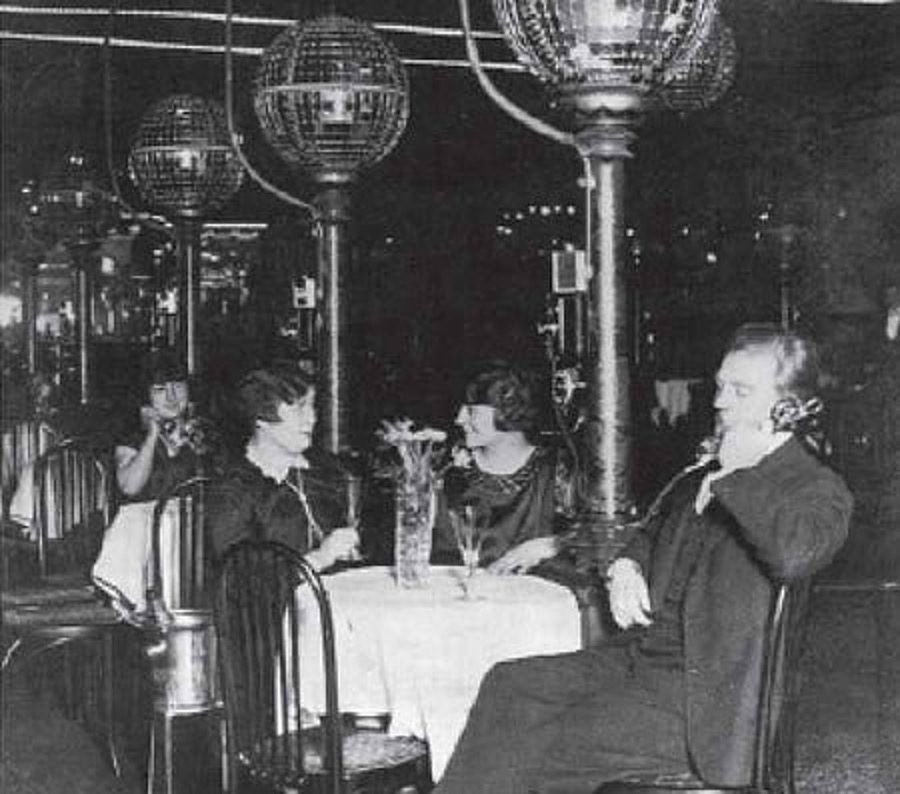
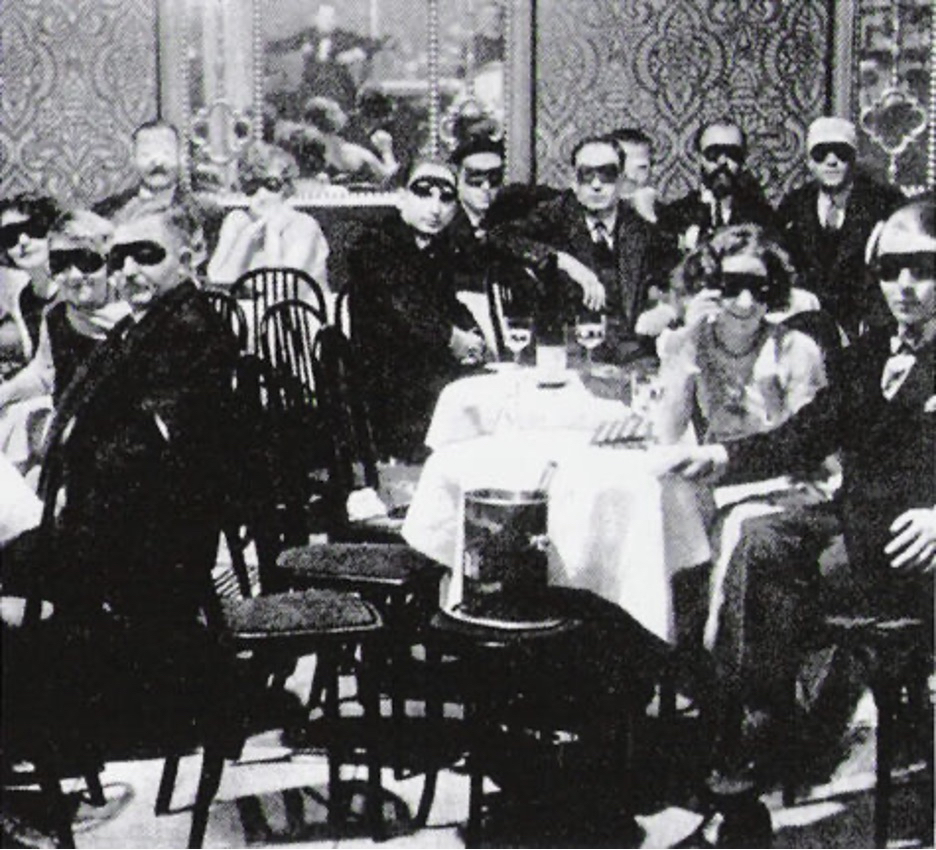
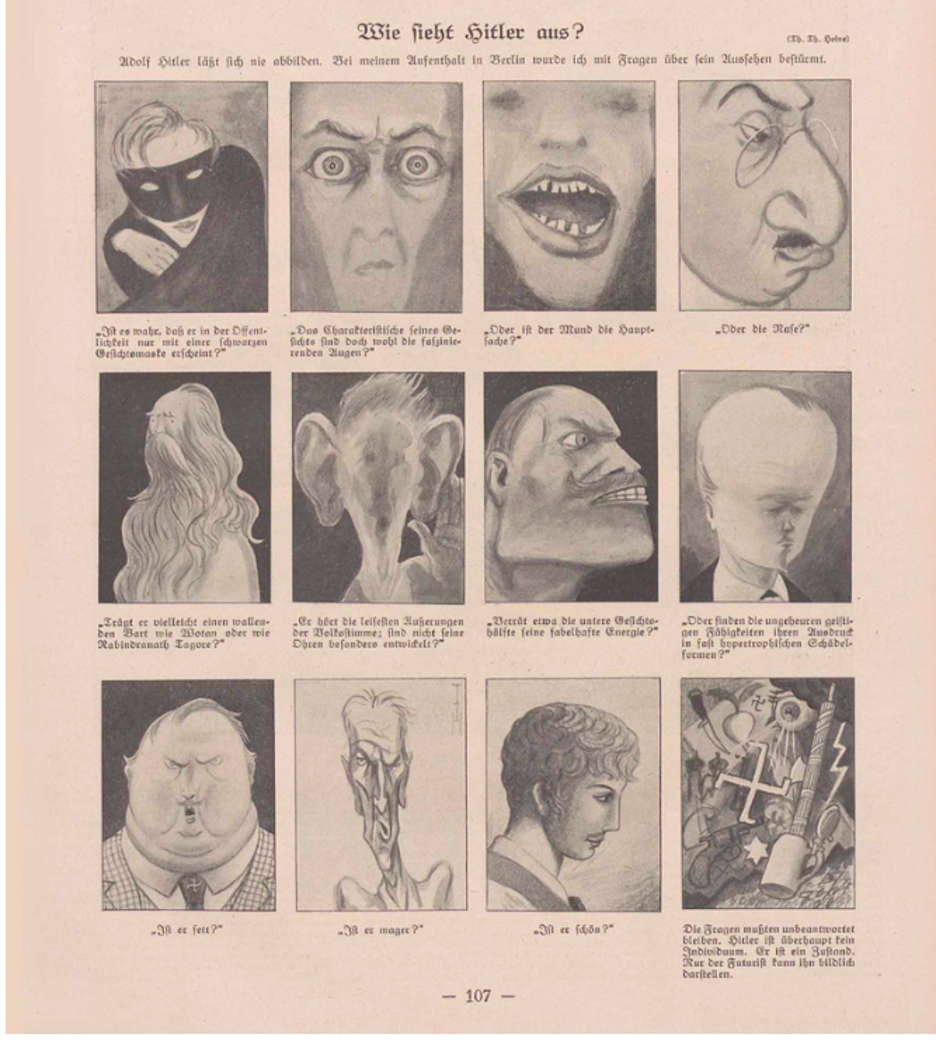
 The College of Arts
The College of Arts